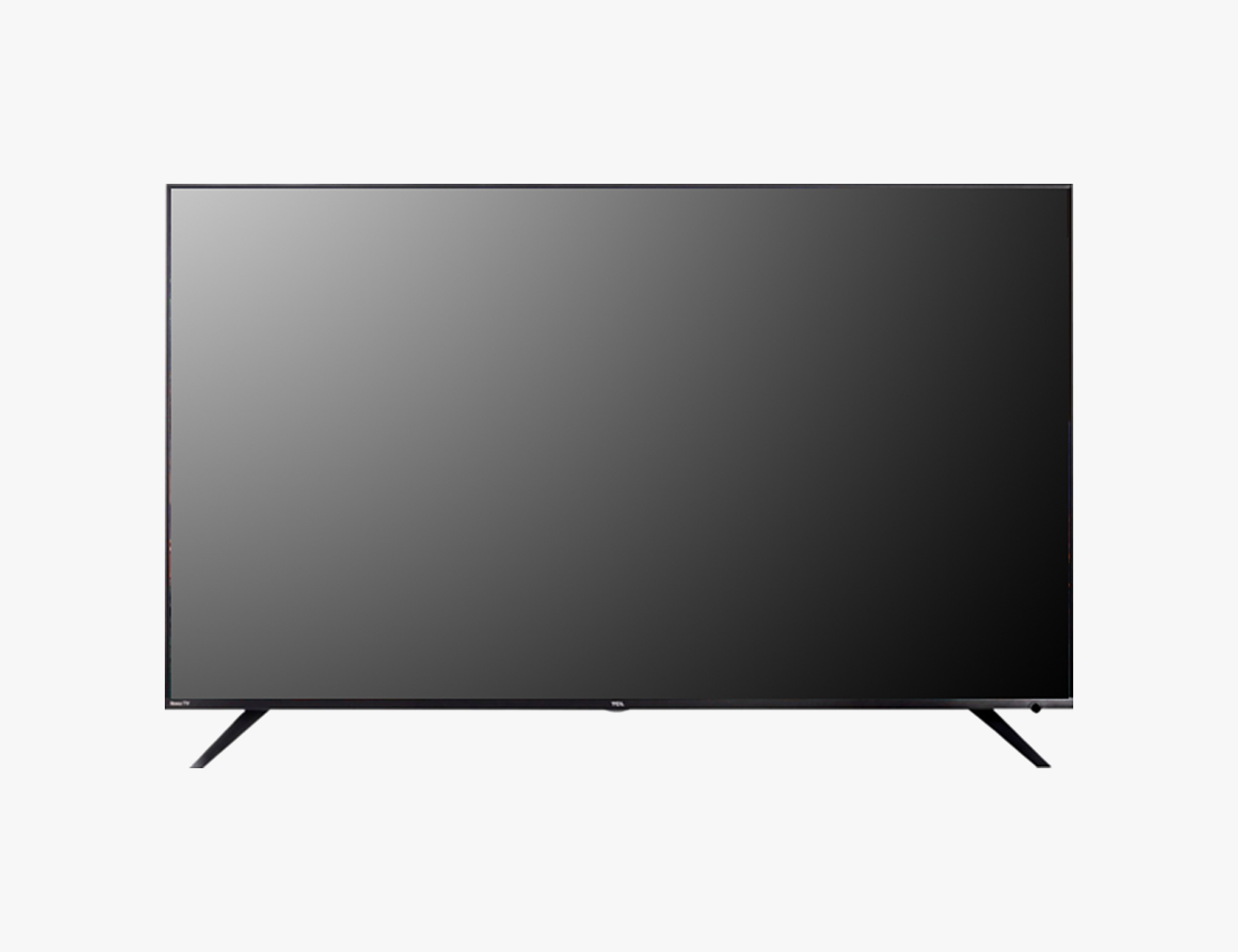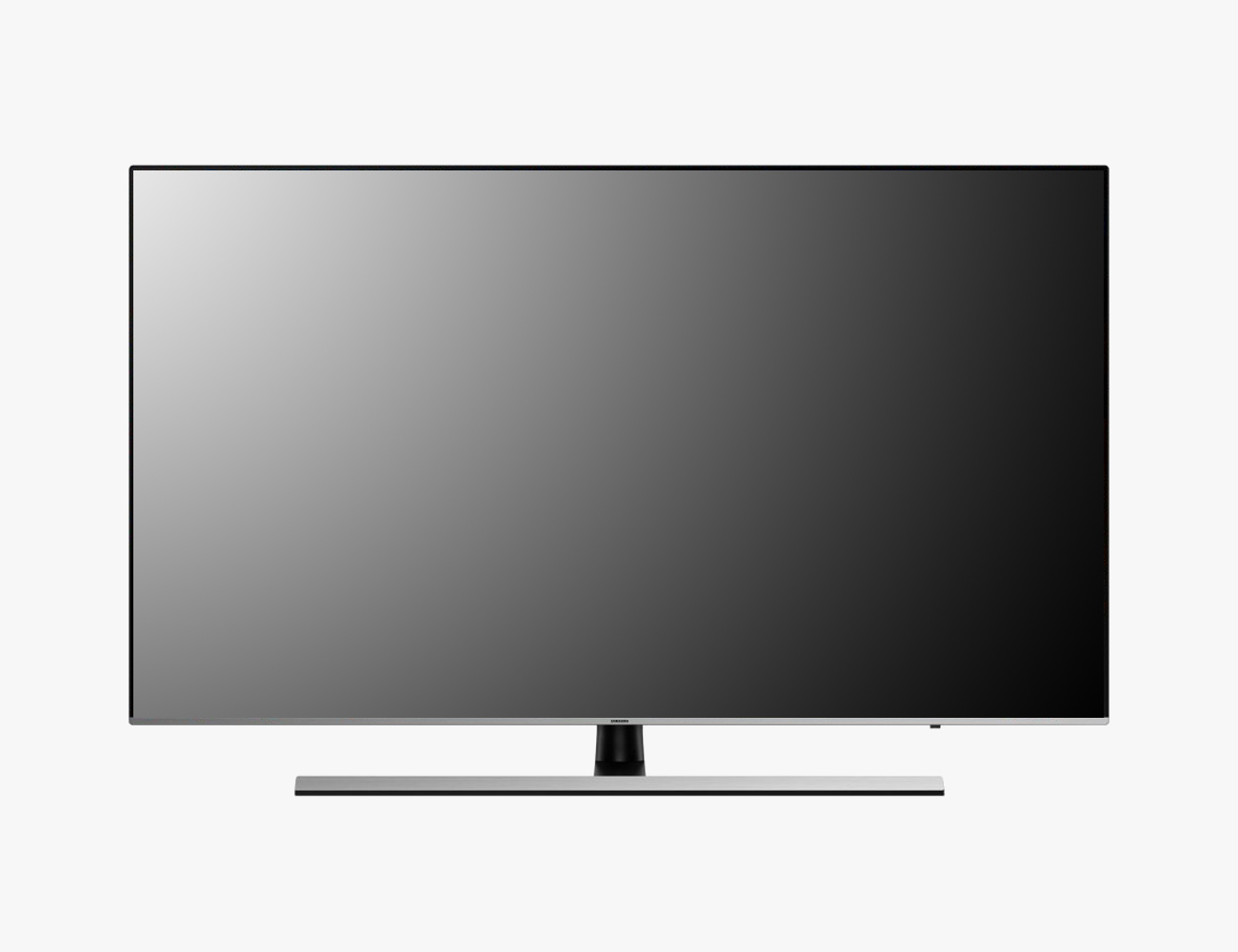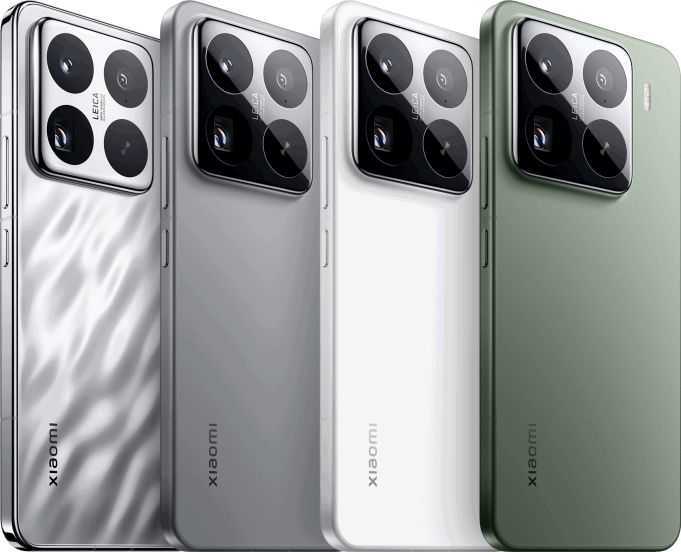The first 4K TVs from LG and Sony went on sale in the U.S in late 2012. Both were 84 inches and exceeded $20,000. So while desirable — 4K TVs have four times as many pixels as standard HD TVs and can produce a much clearer and beautiful picture — people basically had to choose between buying a top-notch TV and sending their child to college. Thankfully, that’s changed. Every major TV manufacturer makes at least one 4K TV, and they all come in myriad display sizes and price points. And if you don’t want to break four digits on a 4K TV, you no longer have to.
All the best 4K TVs — we’re talking the crème de la crème — have OLED displays (although Samsung’s QLED displays come a close second). That’s because OLED technology allows the displays to produce darker blacks and more vivid colors than any LED TV display. The problem is, even though prices of OLED TVs are coming down, they’re still expensive; you’re still not going to find a 4K OLED TV under $1,000.
Still, there are excellent 4K TVs within your price range. We’re talking under $1,000 for a 4K TV that’s at least 55-inches. TCL and Vizio are the two main brands to look for in. They make a variety of 4K TVs, pretty much all of them support the newest HDR technologies and have smart streaming features. And as far as picture quality, they’ll deliver a night-and-day difference to any HD display.
Key Specs to Know
Resolution: The best way to think of your TV is as a big grid, made up of columns and rows of pixels. The more pixels in that grid, the better the overall resolution of the TV. 4K TVs have a grid of 3840 x 2160 pixels, while an HD TV has a grid of 1920 x 1080 pixels. That means 4K TVs have four times as many pixels, and thus four times the detail as HD TVs.
Dimming Zones: The most affordable 4K TVs all have LED backlighting. Whereas OLED TVs can individually light up and dim each pixel, LED TVs can only light up and dim clusters of pixels. This is OLED TVs are able to achieve better contrast and more vivid colors. However, different LED 4K TVs have different amounts of “dimming zones.” The more dimming zones, the more clusters of pixels the TV is able to control. Thus, the more dimming zones, the better the 4K TV’s image quality.
Refresh Rate: This is the number of times per second, or frequency (measured in Hertz), that the screen refreshes itself. TVs with higher refresh rates are better at reducing motion blur and have a better overall image quality. If you’re looking for a 4K TV with all have refresh rates of 120Hz.
HDR: You want a 4K TV with HDR, or high dynamic range, and most the best ones on this list fit that bill. HDR is a technology that gets more out of the TV’s pixels. It helps create deeper blacks and more vivid colors, giving the TV better a contrast ratio and producing a more realistic picture. Ultimately HDR relies on HDR-compatible content, but more and more shows, movies and video games are taking advantage of it. The two most popular HDR formats are: Dolby Vision and HDR10.
Smart TV: Pretty much all new 4K TVs have some kind of smart TV platform built in. Whether that’s Roku, Smartcast or WebOS, it doesn’t matter so much because they all work with most of the popular smart apps, like Netflix, Hulu, Amazon Prime and HBO Go. There’s also the option to get a dongle — Apple TV, Chromecast, Amazon Fire Stick — and use whichever platform you like.
The Picks
TCL 6-Series
The Good: The 6-Series is the next generation of TCL’s 2017 P-Series, which was largely considered one of the best budget 4K TVs you could buy. The 6-Series is very similar to last year’s P-Series, in both design and supporting both popular HDR formats, HDR10 and Dolby Vision. The main differences are that the 6-Series of TVs have a better, faster processor, allowing them to produce slightly vibrate and accurate colors; plus, the new TVs have a metal frame instead of plastic, so they look a little nicer.
Watch Out For: There aren’t many downsides to the 2018 6-Series. It’s on the pricer end of “budget 4K TVs” and it’s a Roku TV, which some users might not be familiar with, but other than that it’s a terrific TV.
Key Specs
Resolution: 3840 x 2160
Backlight Type: LED
Refresh Rate: 120 Hz
HDR: Dolby Vision, HDR10
Interphase: Roku
|
TCL 5-Series
The Good: The 2018 5-Series is a slightly more affordable option than TCL’s 2018 6-Series and has largely similar specs. Both are 4K HDR Roku TVs. The 5-Series is also available in smaller, 43-inch and 49-inch TVs.
Watch Out For: The 5-Series has a plastic frame and stand, instead of the 6-Series’s metal, which feels more premium. The main difference between the displays is that 5-Series has fewer contrast zones, so it produces a slightly less vibrant and less accurate picture; it still looks good, but not 6-Series good. Unlike other 4K TVs by Vizio and Samsung, TCL isn’t expected to support AirPlay 2 in the near future.
Key Specs
Resolution: 3840 x 2160
Backlight Type: LED
Refresh Rate: 120 Hz Clear
HDR: Dolby Vision, HDR10
Interphase: Roku
|
Vizio P-Series
The Good: Vizio makes some of the nicest 4K TVs you can buy, let alone 4K TVs under $1,000, and the company’s 2018 P-Series is particularly special. It supports all of the latest HDR technologies, including HDR10, Dolby Vision and HLG. It has 120 local dimming zones (which is a ton) for excellent color contrast, and it gets much brighter (100 nits) than other 4K TVs in this price range. And it’s also compatible with Amazon’s Alexa and Google Assistant, so you can easily incorporate into your smart home and control it with your voice. Vizio is going to roll out support for AirPlay 2 and HomeKit support for all its SmartCast in earlier 2019.
Watch Out For: The only downside, if it’s a downside, is that this is such a premium TV that only the 55-inch model comes in under $1,000. Unlike other 4K TVs by Vizio and Samsung, TCL isn’t expected to support AirPlay 2 in the near future.
Key Specs
Resolution: 3840 x 2160
Backlight Type: LED
Refresh Rate: 120Hz
HDR: HDR10, Dolby Vision and HLG
Interphase: Smartcast
|
Vizio M-Series
The Good: The 2018 M-Series is near identical to the 2018 P-Series in many key areas. It has the same processor, same built-in speakers supports all the same HDR technologies, and works with Alexa and Google Assistant. It’s also considerably more afforable. Vizio is going to roll out support for AirPlay 2 and HomeKit support for all its SmartCast in earlier 2019.
Watch Out For: It can’t quite reach the same performance levels as the 2018 P-Series. It has 48 local dimming zones (instead of 120) and its peak brightness is up to 600 nits (instead of 1,000 nits). It also has a wider color gamut, so the picture looks more vibrant.
Key Specs
Resolution: 3840 x 2160
Display: LED
Refresh Rate: 60Hz
HDR: HDR10, Dolby Vision and HLG
Interphase: Smartcast
|
Samsung NU8000
The Good: Samsung’s NU8000 is a beautifully-designed 4K TV. Its Tizen operating system is intuitive and the TV can act as a dashboard for all your smart SmartThings-compatible smart home devices. It has two new game modes, Game Mode and Game Motion Plus, that produce a vivid and bright picture, with minimal motion blur, which gamers will love. Also, Samsung will release a firmware update in 2019 so that all its 2018 Smart TVs support iTunes Movies and TV Shows and Apple AirPlay 2.
Watch Out For: No Dolby Vision. Flat viewing angle, so the picture quality doesn’t look as great when not viewed straight on. Samsung’s Bixby is built into the TV and it’s not as intelligent or helpful as other smart assistants; like many of Samsung’s smartphones, however, you don’t need to use Bixby at all.
Key Specs
Resolution: 3840 x2160
Display: LED
Refresh Rate: 120Hz
HDR: HDR10+
Interphase: Tizen
|
OLED technology produces darker blacks and more lifelike colors than any LED LCD TV. And it’s finally accessible. Read the Story









